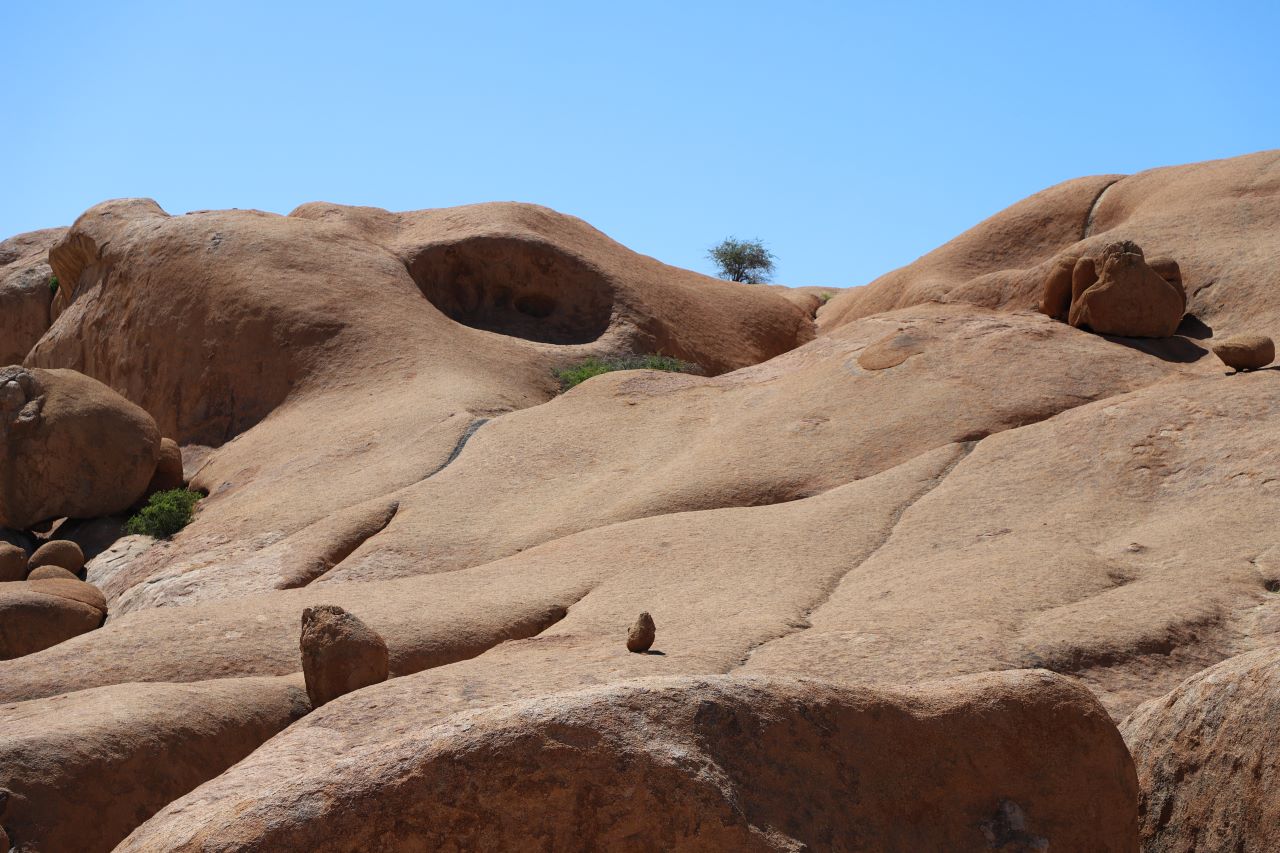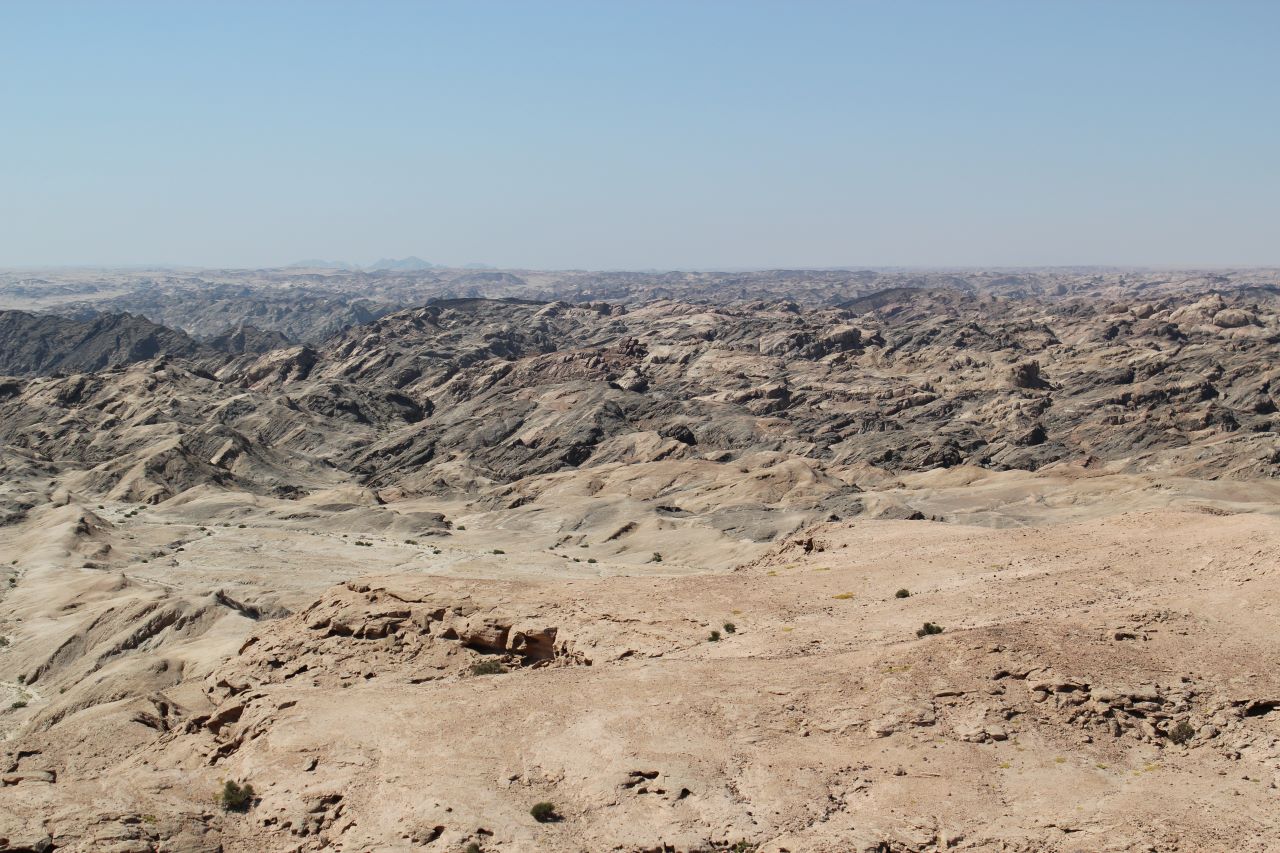Guide to Southern Africa’s Majestic Elephants
Elephants are iconic symbols of Africa’s wild landscapes, revered for their intelligence, social bonds, and grandeur. In Southern Africa, they thrive in diverse habitats, from lush forests to arid deserts. This comprehensive guide delves into the different types of elephants, their unique features, and fascinating adaptations, including the remarkable desert-adapted elephants of Damaraland and the “white” elephants of Etosha.
Types of Elephants in Southern Africa
Southern Africa is home to the African savanna elephant (Loxodonta africana), the largest land mammal on Earth, and the African forest elephant (Loxodonta cyclotis), found primarily in Central Africa but sometimes overlapping into the southern regions.
Savanna Elephant: These majestic giants inhabit grasslands, savannas, and forests, spanning from Namibia to South Africa. Known for their vast range and long migrations, they rely on access to water and abundant vegetation. The savanna elephant is larger than the forest elephant and has more prominent tusks.
Forest Elephant: Though not as commonly seen in Southern Africa, forest elephants live in the dense jungles of Central Africa, including parts of Angola and Zambia. They are smaller than their savanna counterparts, with rounded ears and straighter, shorter tusks.
Habitat and Adaptations
Elephants thrive in diverse environments across Southern Africa. From tropical wetlands and thick forests to the barren deserts of Namibia, these gentle giants have developed remarkable adaptations to survive.
- Grasslands and Savannas: Most elephants are found here, with access to water sources, grass, and shrubs. They thrive in Etosha National Park, Chobe National Park, and Kruger National Park.
- Deserts and Semi-Deserts: Elephants in Damaraland are a prime example of desert-adapted species, surviving in arid conditions with minimal water.
Unique Features of Elephants
Tusks:
Elephant tusks are elongated incisor teeth that continuously grow throughout their lives. Both male and female African elephants can have tusks, though males typically have larger ones. These tusks are used for various purposes, including digging for water, stripping bark from trees, and self-defence.
Trunk:
The elephant’s trunk is a marvel of nature, made up of over 40,000 muscles. It functions as a hand, nose, and tool, allowing elephants to grasp objects, drink water, and communicate. Their trunks are incredibly sensitive and can even pick up small objects like a single blade of grass.
Feet:
Elephants have unique feet with cushion-like padding underneath, which helps distribute their massive weight evenly. This adaptation enables them to move silently through their habitats, despite their size.
Eyes and Eyelashes:
Elephants have relatively small eyes compared to their body size, but their vision is adapted for both day and night. Their long, thick eyelashes protect their eyes from dust and debris, particularly useful for desert-adapted elephants in windy regions.
Desert-Adapted Elephants of Damaraland
In Namibia’s Damaraland, a unique population of elephants has evolved to survive in some of the harshest conditions on Earth. These desert-adapted elephants are not a distinct species but have developed specialized behaviours to thrive in arid environments.
Survival Skills: Desert elephants are known for their ability to go days without water, travelling vast distances to find it. They dig deep into riverbeds to access underground water, and their smaller herd sizes help reduce pressure on resources.
Physical Adaptations: They have longer legs than other elephants, which helps them traverse the rocky terrain and dunes. Their feet are also broader, allowing them to walk more easily on sand.
Diet: Desert elephants have adapted to eat a variety of vegetation, including leaves, bark, and roots from hardy desert plants. They often feed on the Ana tree (Faidherbia albida), which provides essential nutrition during the dry season.
The “White” Elephants of Etosha
Etosha National Park is famous for its striking “white” elephants. These elephants aren’t albinos but appear white due to the region’s characteristic white clay dust that they cover themselves in.
Why They Look White: Elephants in Etosha wallow in the park’s mineral-rich waterholes, which are surrounded by pale clay. After a mud bath, they emerge covered in a fine layer of white dust, giving them their ghostly appearance.
Significance of the Dust: This dust coating serves an important purpose beyond appearance. It acts as a natural sunscreen and helps protect the elephants from parasites.
Best Time to Visit Southern Africa for Elephant Viewing
The optimal time for elephant viewing in Southern Africa, including Etosha, is during the dry season, from May to October. During these months, water becomes scarce, and elephants congregate around waterholes, making it easier for visitors to spot them.
Why the Dry Season: As natural water sources dry up, elephants are drawn to the few remaining waterholes, particularly in Etosha, Chobe, and Kruger. The thinning vegetation also makes it easier to see the animals.
Etosha National Park: During the dry season, elephants in Etosha gather at famous waterholes like Okaukuejo and Halali, providing exceptional opportunities for close-up viewing.
Etosha’s Famous Camps: Okaukuejo, Halali, and Namutoni
Etosha National Park offers three well-established camps, each providing access to some of the park’s most popular waterholes for elephant viewing.
Okaukuejo Camp: Known for its floodlit waterhole, Okaukuejo offers visitors the chance to see elephants day and night. During the dry season, large herds of elephants regularly visit this waterhole, often interacting with other wildlife.
Halali Camp: Situated between Okaukuejo and Namutoni, Halali is a quieter camp, but its waterhole is a hotspot for elephants and rhinos. The camp’s location provides easy access to several other waterholes where elephants are frequently seen.
Namutoni Camp: Located in the eastern part of the park, Namutoni’s surroundings attract elephants, especially after the rains. The nearby Fischer’s Pan is a great spot to watch elephants quench their thirst.
Embark on Your Elephant Adventure
Elephants are an integral part of Southern Africa’s wildlife and ecosystems, from the desert-adapted herds of Damaraland to the iconic ‘white’ elephants of Etosha. These gentle giants are a must-see for anyone visiting the region. Whether you’re exploring the dry savannas, lush forests, or Namibia’s arid deserts, the experience of encountering elephants in the wild is unforgettable. Plan your journey during the dry season for the best chance to witness these incredible creatures in their natural habitat.
Contact us today to book your safari and get ready for an unforgettable elephant encounter!







